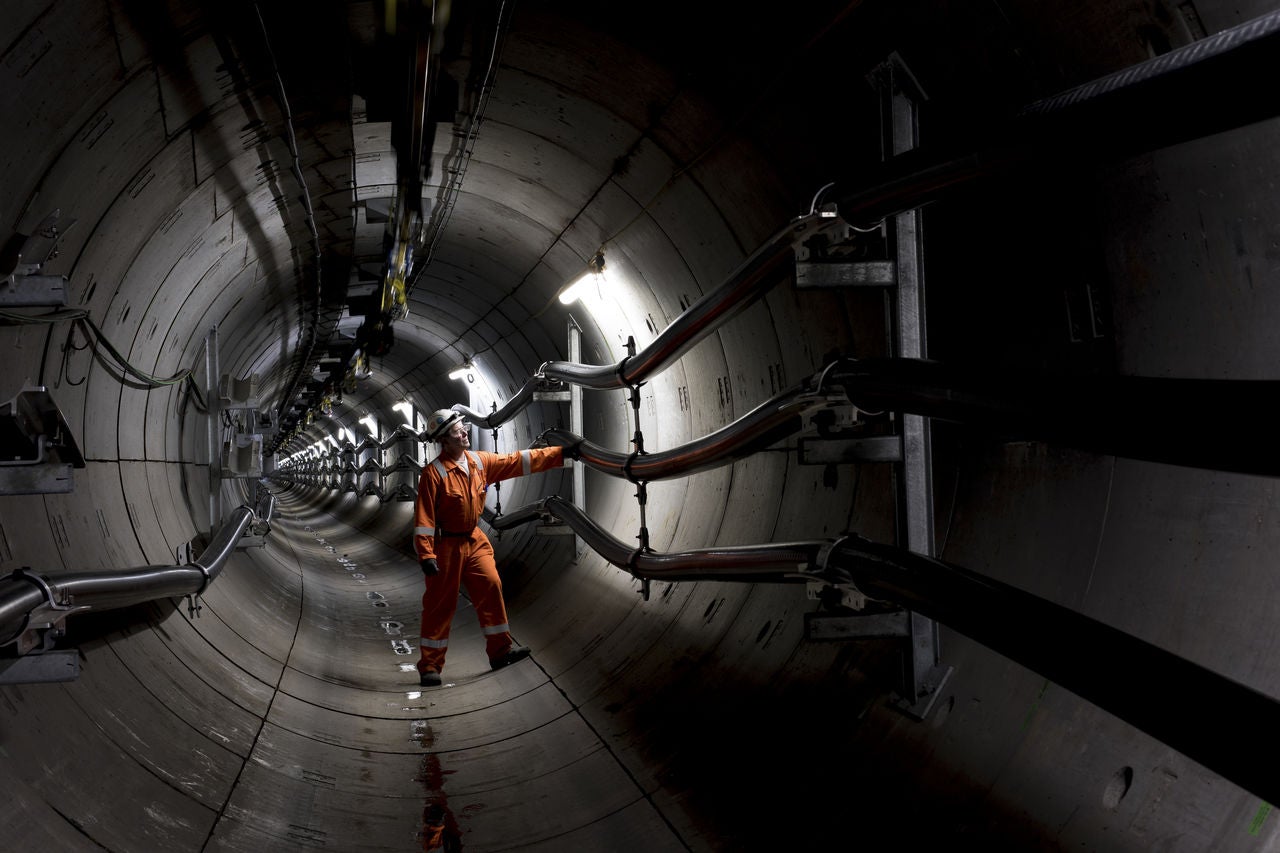
UK power distributor National Grid ESO has released a report forecasting changes to the UK energy sector before 2050.
The report looks at how energy consumption might change from the point of view of both suppliers and consumers. It informs National Grid’s network planning and strategy for the next year and helps the energy distributor decide where to invest.
How well do you really know your competitors?
Access the most comprehensive Company Profiles on the market, powered by GlobalData. Save hours of research. Gain competitive edge.

Thank you!
Your download email will arrive shortly
Not ready to buy yet? Download a free sample
We are confident about the unique quality of our Company Profiles. However, we want you to make the most beneficial decision for your business, so we offer a free sample that you can download by submitting the below form
By GlobalDataGiven the drastic changes in the world economy over the past year, the report has considered the effect of societal change for the first time. It says that “the energy supply system alone cannot deliver decarbonisation”, and looks at how the energy sector can adapt to follow and drive changing public attitudes.
The UK has legislated to aim for nationwide net-zero carbon emissions by 2050. The report sets out two different scenarios of how the energy system could change to enable this. It also sets out a scenario for completing the transition as soon as viably possible, which it says would take until 2048. In all these scenarios, the energy system would be a net-negative contributor to carbon emissions by 2033.
However, a fourth future scenario shows the UK would fail to meet its target if it continues to decarbonise power at its current rate. The report says this “requires immediate action across all key technologies and policy areas, and full engagement across society and end consumers.”
What will UK power suppliers look like in the future?
In its different scenarios, National Grid ESO predicts hydrogen will power between 21% and 59% of end-user energy needs by 2050. All of its net-zero scenarios require at least 190TWh of hydrogen production per year, used to decarbonise heating and transport. This would mean the UK would use approximately one-tenth of the current world supply.
However, the report says this can only be accomplished with policy support, as markets do not currently support this level of growth.
In the most optimistic scenario, the UK would almost eliminate the demand for natural gas by 2050, replacing it with hydrogen. In more conservative net-zero targets 98% of UK gas would come from imports, as sources in the North Sea run dry and support for shale gas does not materialise.
All net-zero scenarios heavily rely on carbon capture, utilisation and storage (CCUS) to decarbonise the industry. Creation of blue hydrogen involves using CCUS, and industrial clusters can use the technology to eliminate their emissions.
Another key component is biomass gasification using CCUS. This would permanently store carbon sunk into biomass materials, effectively creating negative carbon emissions. It would also create hydrogen, displacing the need for natural gas.
In the most optimistic scenario, the UK would have 9.6GW of generation from biomass per year, of which 70% would feed into CCUS projects. This would mean that solar, wind, nuclear, and biomass with CCUS would together generate more than 90% of the country’s power capacity.
What will change for existing energy sources?
The report gives the solid goal of constructing at least 3GW of wind and 1.4GW of solar capacity in the UK every year until 2050. In its conservative net-zero scenarios, this results in 30GW of generation capacity by 2030. The report views this as achievable, saying: “Renewed government support for some renewable technologies has driven our expectation of higher growth in renewable generation to a level which will be necessary to meet net zero.”
At the current pace of change, National Grid predicts offshore wind will see the largest growth of any power source. However, its net-zero scenarios require this to be accompanied by flexible power systems, such as hydrogen or charge storage.
The report has increased its expectation for solar growth from last year. It says that while the end of subsidies has dented its growth, the consistent decrease in the cost of solar generation will continue to drive the market.
By contrast, its net-zero scenarios modelled no use of fossil fuels for power, unless used alongside CCS.




